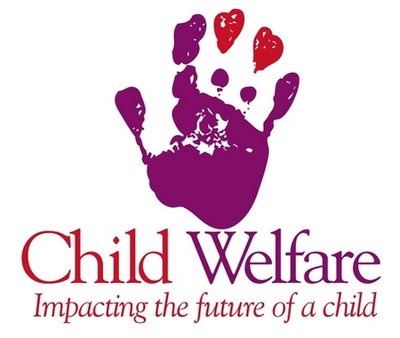- Hospice and Palliative care social workers fulfill a variety of roles and tasks. Some of these roles include: Counseling, psychosocial educations to patients and their caregivers about coping mechanisms, providing in-services to other service providers and organizations, intervening in crisis, advocating on behalf of the family and the patient, and finally documenting social work activities.
2. Hospice and Palliative care social workers can enter the workforce in both the bachelors and masters level.
3. Palliative social work is a field where the rewards and costs aren’t easily measurable in dollars. The Median salary in this field is 49,500.
http://www.socialworklicensure.org/types-of-social-workers/palliative-hospice-social-workers.html
4.Basic eligibility requirements for this field include a bachelor’s degree in social work, 20 or more CEU’s related specifically to hospice and palliative care, documentation of at least 3 years of supervised social work experience in hospice and palliative care, current state license to practice as a professional social worker, and adherence to the NASW Code of Ethics and NASW Standards for End of Life Care.
http://www.socialworklicensure.org/types-of-social-workers/palliative-hospice-social-workers.html
5. A Hospice social worker can also advise the family of the patients regarding funeral arrangements, dealing with estate issues, recovery of any property of the deceased which is still in the care of the hospice after they past away. They provide their clients with the necessary guidelines they can follow in order to make their loss a little smoother.
6. A hospice social works usually works business hours, unless otherwise required. They can also work late night shifts.
http://www.cvtips.com/career-choice/hospice-social-worker-job-facts.html





 2. Drug Abuse and addiction changes your brain chemistry. The longer you use your drug of choice, the more damage is done- and the harder it is to go back to “normal” during drug rehab.
2. Drug Abuse and addiction changes your brain chemistry. The longer you use your drug of choice, the more damage is done- and the harder it is to go back to “normal” during drug rehab.


























You must be logged in to post a comment.